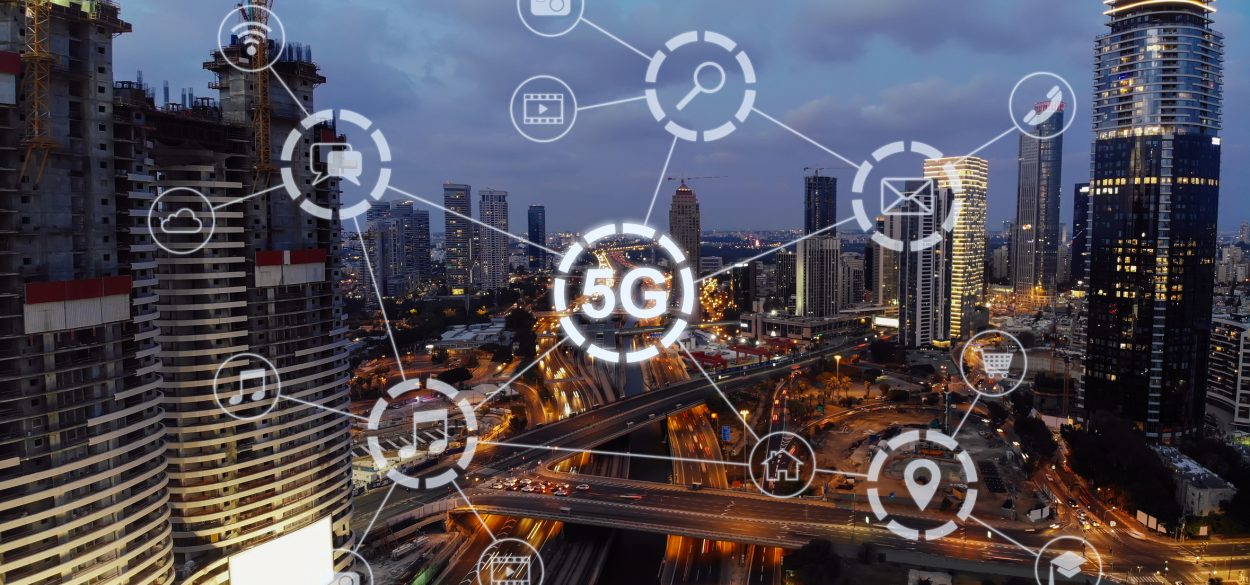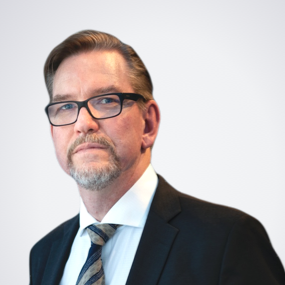
There’s a lot of talk about tech when it comes to 5G, but there are also some talented people working to make it a reality across Telenor. Meet a few of our people on the 5G frontlines.
Andres Gonzalez, Senior Researcher at Telenor Research and 5G-VINNI Architect

“5G will not be a single release but rather more of a platform where constant innovation will be possible due to its architecture.”
Q: How do you describe 5G?
A: I see 5G as the combination of two important concepts: Enhanced Radio and Cloud-Computing Based Architecture. Enhanced Radio allows much faster communications and better and more controlled use of the spectrum. The Cloud-Computing Based Architecture brings flexibility and modularity that didn’t exist in previous mobile generations, providing the perfect ground for new and innovative use cases.
Q: What’s the coolest thing about 5G for society?
A: The coolest part of 5G is when the theory comes into practice fulfilling needs of customers – such as the military and health sectors. For instance, it has been really interesting to fulfill the tough isolation and security requirements that Norwegian Armed Forces has, and the agile deployment of a personalised 5G network that differentiates between a hospital’s internal and external users in the Norwegian health sector.
Christina Hänninen, Communication Production Manager in Telenor Norway, responsible for 5G content planning

“Many people have heard about 5G, but they don’t know how it will influence our daily lives.”
Q: What is 5G?
A: 5G represents opportunities and will change how we use our phones, but we don’t know exactly how yet. We know everything will be a lot faster. It will much more fun for gaming, and you can download a film in a few seconds. But the possibilities with virtual experiences and how it will influence the society around us is still to be explored. We know it will have a significant impact within the health sector.
Q: What’s your favorite 5G moment?
A: On 12 March 2020, 5G was launched in Trondheim. The production team was there to interview people on the streets, but the streets were so quiet. It was snowing, windy and the Covid-19 pandemic had closed everything. Finally, they found a group of three guys in their early twenties and asked them to test the new Samsung phone with 5G. It turned out to be such a great and positive experience! They were so amazed at how fast it was, saying: “You think your own connection is fast…until you try 5G.”
Bjørn Lydersen, Product Manager 4G & 5G in Telenor Norway, Business Division
“In my opinion, the most exciting 5G innovation is starting now, and it’s groundbreaking work.”
Q: Why is 5G better for businesses than 4G?
A: 4G networks have some constraints that make them less relevant for business-critical applications. Constraints such as everyone being treated equally and sharing the available network capacity. 5G removes or reduces these constraints and makes the mobile communication system useable for a broader range of applications, such as medicine, industry, or the next generation emergency network.
Q: How will 5G change things for the industry, for example?
A: During holidays in the late 1980s, I worked in a steel plant in northern Norway. My job was to tap liquid iron from the furnace and clean up afterward. The most advanced tools that I had at the time were a crowbar and a spade. One of my co-workers had been working there for more than 20 years, and he knew the plant inside and out. When he entered a production room, he could sense the heat and vibrations and immediately knew if something was wrong. Today, we have a perfect storm of technology to do exactly this – we use sensors to create the data, 5G to transport the data, and the edge computing platform to analyse, report, and act, in real-time.
Songkram Kingklang, AVP in dtac Communications & Sustainability, responsible for Technology and 5G Forum

“I believe that the first milestone of 5G for the media and entertainment industry in Thailand has been roughly drafted by us, dtac.”
Q: How do you promote 5G?
A: In Communication, we are challenging the status quo on how to bring 5G into the media and entertainment industry. This led us to partner with THE STANDARD, an online news media outlet that constantly explores new ways to present information to viewers.
Q: What is 5G’s role in the media and entertainment industry?
A: The 26 GHz high-band spectrum, also known as the mmWave, is enabling 5G at ultra-high speeds and low latency for the future of broadcast – which may include augmented reality (AR), virtual reality (VR), mixed reality (MR) and extended reality (XR). The hope is that 5G and the experience it enables will make the news much more captivating for the Gen Z viewers.
Patrick Waldemar, VP at Telenor Research, responsible for 5G research since 2012

“I am really excited about future 5G services that give us a better society and helps us to live our lives better.”
Q: How is 5G different than what we (Telenor) have done before?
A: In my view, 5G is not about the mobile operators deploying the networks and then leaving them there for use, as we have done before. With 5G, the mobile operators need to work together with various industry domain partners and collaborate with other telecom operators and IT actors. This is to understand the needs and work with partners to co-create the services.
Q: In your nearly 10 years working with 5G, what’s one of your best moments?
A: In April 2018, we got the news about the EU funding of 5G-VINNI, and Telenor was named coordinator. This made me very proud and, at the same time, humble and afraid. Overnight we had been given the responsibility to coordinate and take lead in running a project with 23 partners and a workload of 126 person-years over a three-to-four-year period. Now, in April 2021, I am very pleased with how this project has been run, how well all partners have collaborated, and the results produced so far.
